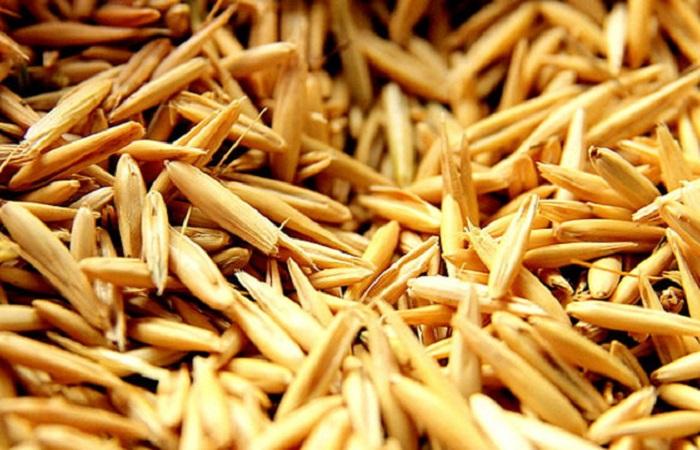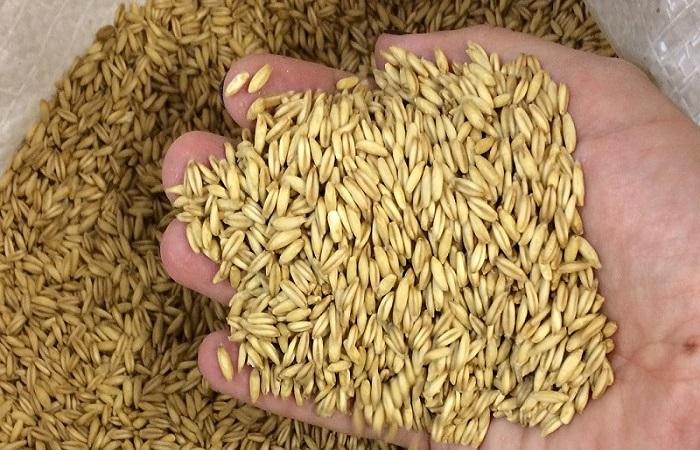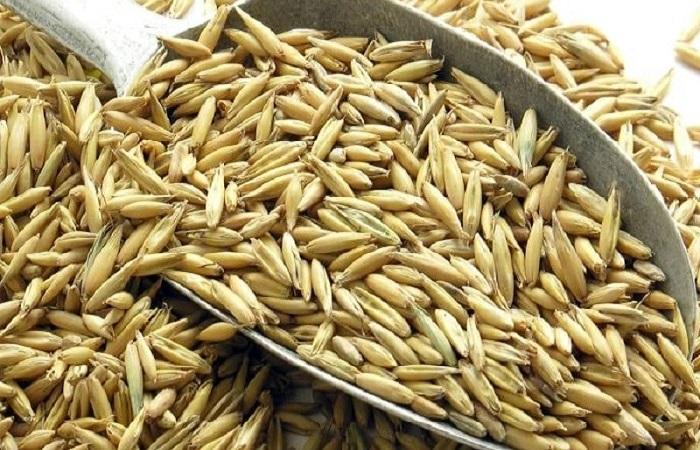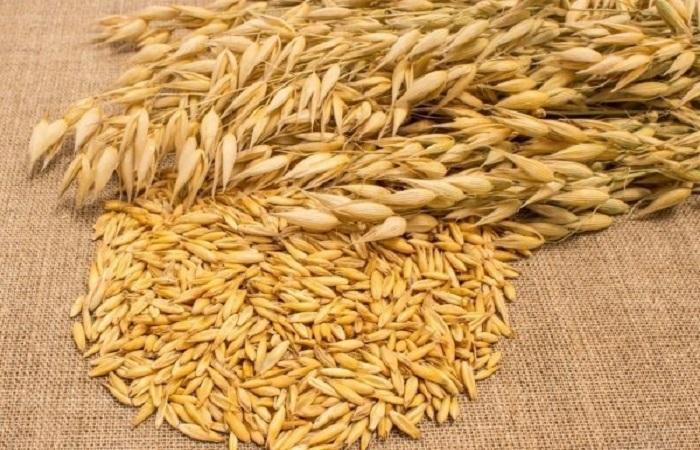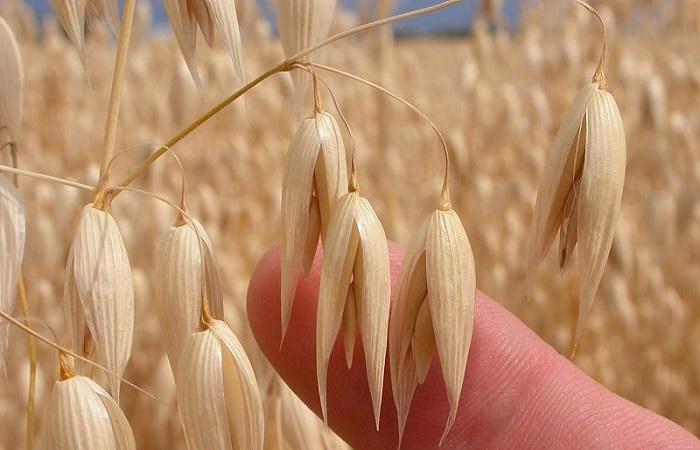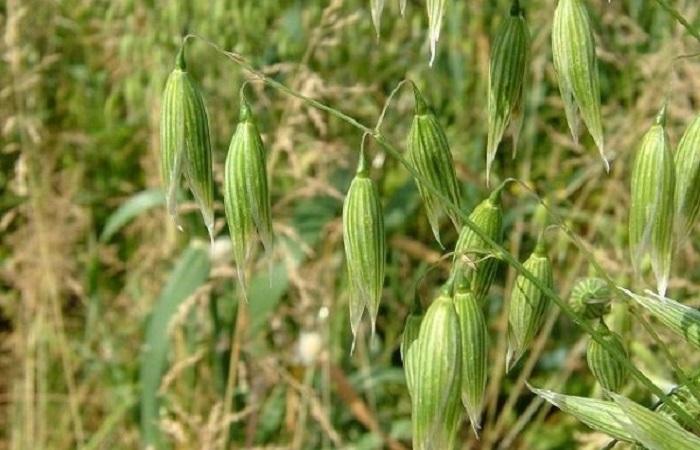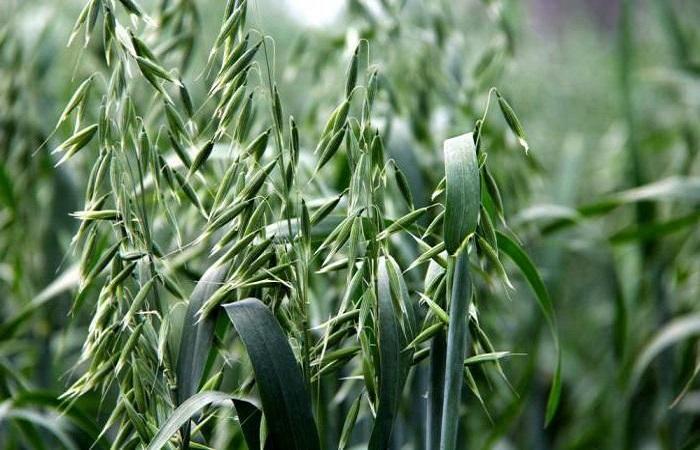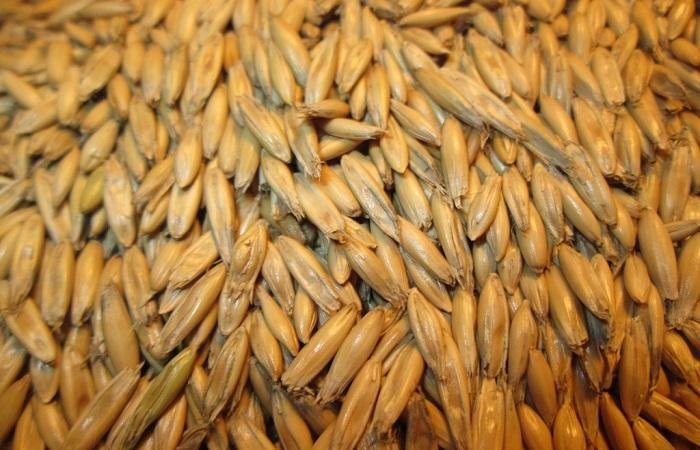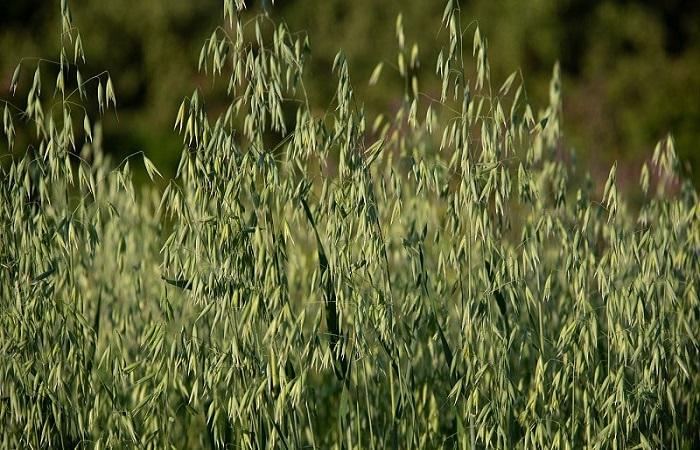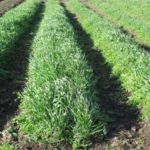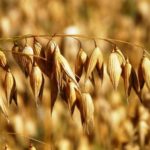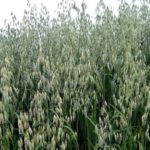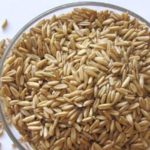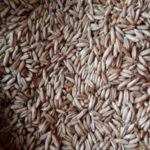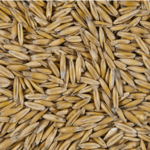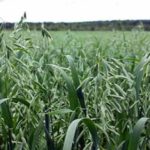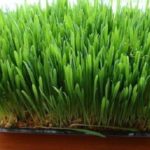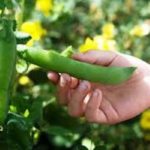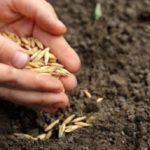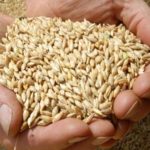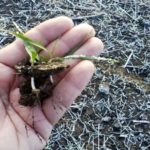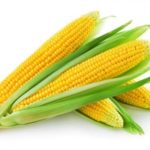Oats are used in agriculture as food and feed crops. It is characterized by productivity and excellent qualities, and is popular among other cereals. Let's consider the types of plants, descriptions and characteristics of the best varieties of oats, as well as characteristics depending on the type: winter, spring, naked and filmy.
Existing types of oats
There are 22 species in the oat genus of the cereal family.Sowing oats is an agricultural crop. The genus also includes types of oats: Abyssinian, bearded, doubtful, empty or wild oats, Moroccan, naked, sterile, bristly, Volga and others.
Varieties of oats, like other crops, are zoned, that is, they are recommended for cultivation in certain regions. For example, the varieties zoned in the CBD are: Podgorny, Utes, Everest, Guzeripl, Mezmay, Oshten, Verny, Adygeisky 575, Adygeisky 19, Nalmes and AGU-75.
The best varieties
Varieties of spring and winter oats are registered in the State Register. They have different characteristics, direction of use, that is, grain or grain feed.
Merlin
Spring variety, grain fodder. It is recommended to grow in the North-Western and Volga-Vyatka regions. Characteristics: intermediate bush, medium height. The spikelets are drooping. Spinus is weak or absent. The grains are large and moderately large. Weight of a thousand grains is 32-39 g. Productivity is 35.6 c/ha, more than the standard by 2 c/ha, a maximum of 81.8 c/ha is harvested per hectare. A mid-early variety, the growing season lasts 73-94 days, ripening occurs 2-4 days earlier than the Fakir variety.
Krechet oats are moderately resistant to drought and lodging. In the year the trait appears, it is prone to lodging. Thin-film oats, valuable in quality. The percentage of protein is 9.0-13.2%. The variety is susceptible to fire blight, loose smut, red-brown spot, and crown rust.
Argamak
The variety belongs to grain fodder. Mid-season, valuable in quality. Grown in the Central, Northwestern, Volga-Vyatka, Northern regions. The caryopsis is membranous, the color of the flower scales is white. The weight of a thousand grains is in the range of 32-36 g.The grain is smooth, with excellent nutritional qualities. Protein content – 14.6%. Productivity reaches 29 t/ha, 0.2 t/ha more than the standard.
Trump
Forage oats, a mid-season variety with a filmy grain. The variety is resistant to lodging and does not suffer from loose smut or crown rust. Drought resistant. Oats Trump is highly productive; 60.8 c/ha can be harvested per hectare. The grain is large, a thousand seeds weigh 34.4-37.2 g, with a protein content of 11-13%.
Gait
Belongs to the grain-forage group. The grain is semi-elongated, the weight of a thousand seeds is 33-38 g. The average yield is 36 c/ha. The variety is mid-season, the growing season lasts 79-89 days. Resistant to lodging, moderately resistant to drought. Valuable variety, protein content – 12-18%. Not resistant to smut, crown and stem rusts.
Fighter
Grain-forage variety. Large grain, weight of a thousand grains - 37-43 g. Productivity - 30.9 c/ha, 2.1 c/ha more than the standard. Mid-season, the growing season lasts 79-93 days, ripens together with the Skakun variety. The variety is moderately resistant to drought and lodging. It belongs to varieties of valuable quality. Protein content – 9.7-15.8%. It is affected by crown rust, smut, fire blight, powdery mildew, and red-brown spot.
Lefty
The grains are of medium size, the weight of a thousand seeds is 27-38 g. Grains with a high protein content. Productivity – 18-47 c/ha. The duration of the growing season until ripening is 60 days. It does not lodge, is not affected by smut, and is resistant to drought and frost. The variety is affected by fire blight and red-brown spotting.
Irtysh 22
Grain-forage variety, medium-late. The fruit is large, the weight of a thousand grains reaches 38-44 g. The average yield is 55.9 c/ha. The growing season lasts 77-94 days.In terms of resistance to drought and lodging, it is inferior to standards. Protein content – 9.1-11.5%. The variety is resistant to smut and is susceptible to crown rust.
Yakov
Mid-season, grain-forage. The grain is large, a thousand seeds weigh 34-42 g. Productivity is 39.4 c/ha. The growing season lasts 82-95 days. Above average resistant to lodging and drought-resistant. The protein content in grain is 11.9-12.8%. The variety is susceptible to crown rust and is not affected by loose smut.
Comes
Grain-forage, mid-early. The growing season lasts 75-100 days. The grain is filmy, contains up to 12% protein, a thousand grains weigh 35 g.
Varieties of oats depending on type
Varieties of oats, like some other cereals, are divided into spring and winter according to the method of cultivation, as well as according to the structure of the grains - into hulless and membranous.
Winter varieties
Winter oats can withstand wintering under snow, as they are cold-resistant. Winter varieties begin to develop faster in the spring, allowing for earlier harvesting. In general, winter crops produce greater yields than spring crops.
Spring varieties
These varieties of oats have a shorter growing season than winter oats. This allows you to sow it in the spring, with the arrival of warmth, and get a harvest in the summer of the same year. Advantages of spring varieties: plants absorb nutrients better and produce grain with better baking qualities.The varieties tolerate drought better, are less demanding on the soil, but are susceptible to changing weather conditions. Examples of varieties: Otrada, Skakun, Kozyr, Foma, Ivory, Stipler.
Hulless oats
Grains of this type of crop are valuable because they contain more protein, starch and fat than filmy varieties. The stems and leaves of the crop are used as green fodder, which is given to livestock fresh and in the form of straw. Hulled oats are sown in a mixture with legumes, used as fallow crops and as the main precursors of winter crops in regions with sufficient moisture. Hay made from an oat-bean mixture is considered high quality.
Hulless oats contain valuable proteins and essential amino acids, fiber, which restores intestinal microflora. Oat products of this type are higher in calories when compared to other grains, high in protein and fat. Due to the large volume of mucilaginous substances, products made from hull oats have dietary properties.
Naked varieties are easier to grow, they are resistant to shedding, this is one of the advantages over filmy varieties. Hull oats can be used for feed and for cooking without pre-cleaning. Examples of varieties: Vyatsky, Ofenya, Solomon, Nemchinovsky 61, Levsha, Belorussky Golozerny.
Filmy oats
More common than bareheaded because it is more productive. Common forms of culture of this type are mutica, aristata and aurea. Flowers, in contrast to the naked one, which can have more than 7, 2 or 3. The spikelets are awned or awnless. Filmy types of oats are divided into paniculate and single-mane. The former are distinguished by spreading inflorescences, the latter stand straight and are somewhat pressed to the stem.Examples of varieties: Lion, Talisman, Fighter, Gunter, Sapsan, Avatar.
Oats are one of the main crops grown in Russia to produce grain as a food product and feed for livestock. Crop varieties are divided into spring and winter, filmy and naked. Varieties differ in characteristics, appearance and origin, resistance or susceptibility to various diseases, and produce different yields.
Depending on the characteristics of the crop variety, they receive different purposes. Cold-resistant winter crops are grown to obtain early harvests, while spring crops are grown as the dominant forage crop, unpretentious to temperate climate conditions. The membranous varieties account for most of the sown areas; the naked variety is not so common, but is superior to it in many characteristics.

